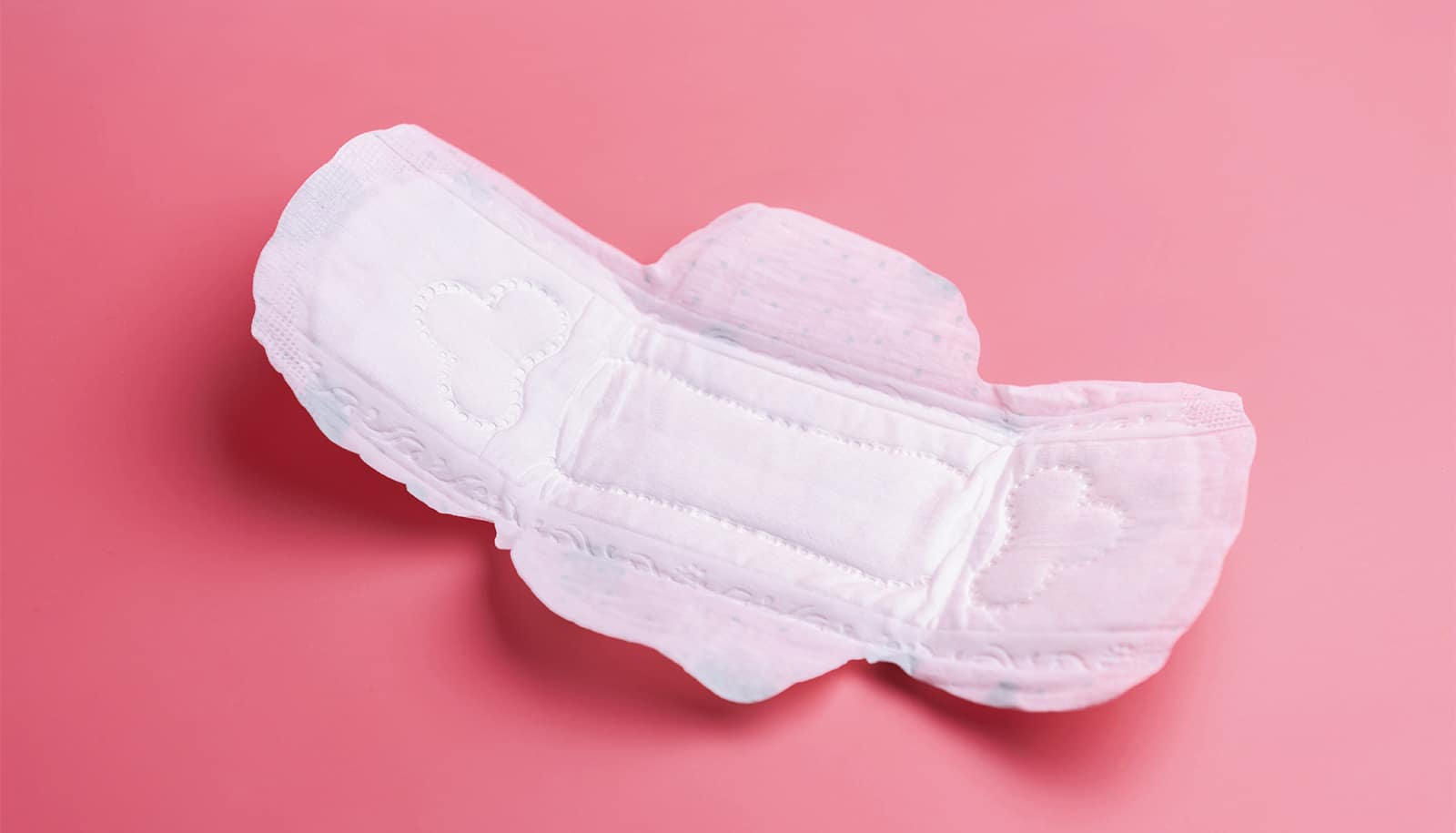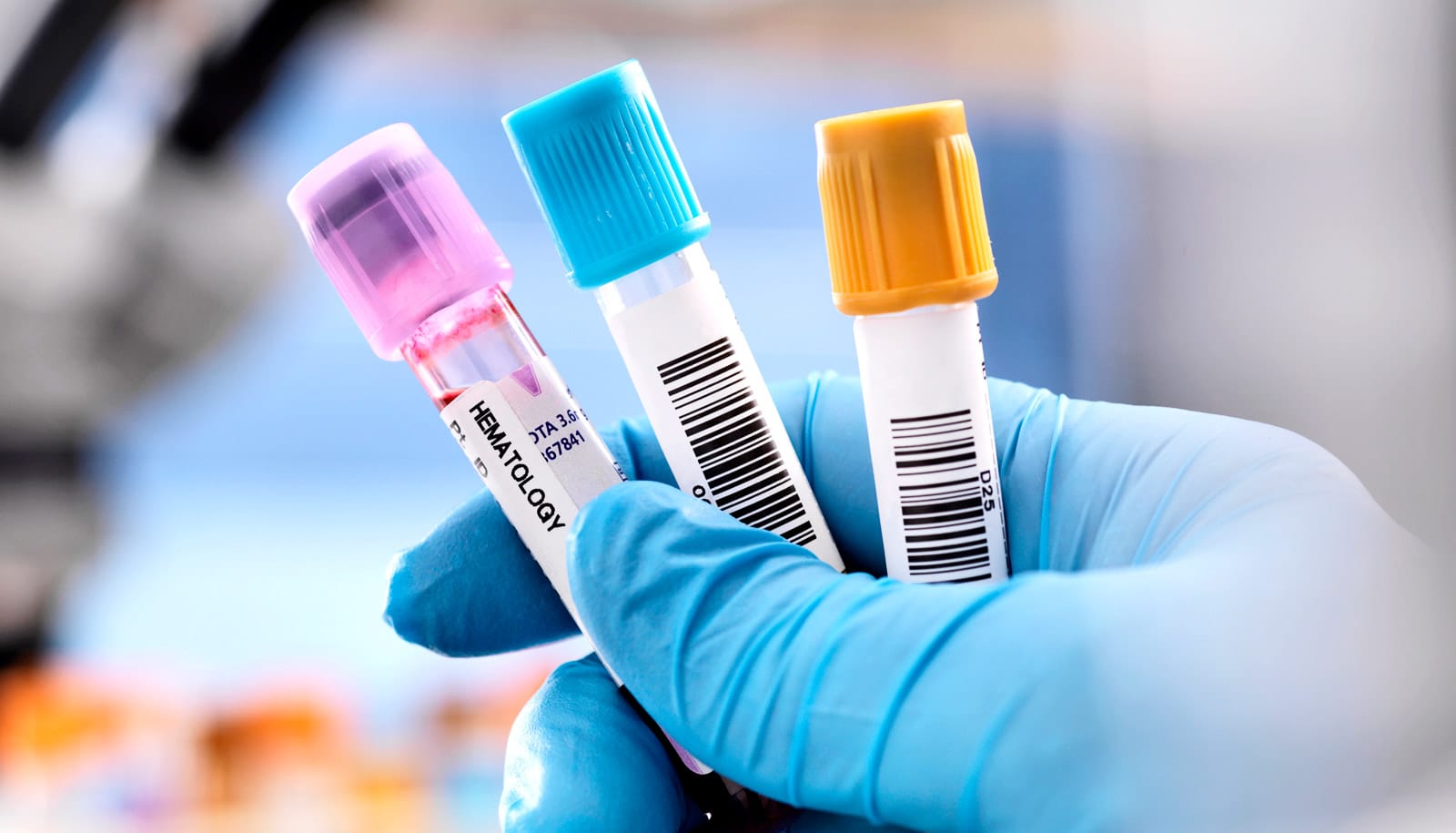A new study finds perfluorinated substances (PFAS), known as “forever chemicals,” in a wide range of period products and other personal care items.
The researchers tested more than 100 samples, consisting of both packaging and individual products, for fluorinated compounds including menstrual underwear, disposable and reusable pads, tampons, menstrual cups, panty liners, and disposable and reusable incontinence underwear.
The researchers found relatively high total fluorine levels in a subset of period underwear, which researchers say indicates use of intentional polymeric PFAS, which are PFAS added directly to the synthetic fabric when it is being made. The highest amounts measured with total fluorine were over 100,000 parts per million. This is equivalent to fluorine making up 10% of the product.
Some—but not all—disposable pads, reusable pads, disposable incontinence underwear, and wrappers tested contained intentional fluorination as a treatment to the product. Others showed no measurable fluorine at all.
“We found a high level of fluorine content in only some of the products tested, which tells us treating these products with PFAS is not essential,” says Graham Peaslee, professor of physics in the physics and astronomy department at the University of Notre Dame. “Since this is a dangerous class of chemical compounds—we know PFAS build up in the bloodstream and that they cause serious health issues—we should move away from any non-essential use of PFAS in consumer products.”
Peaslee and graduate student Alyssa Wicks will present their results at a meeting of the American Chemical Society. They’ll submit the paper to a peer-reviewed publication soon after the conference
Some products tested contained fluorine concentrations that were considered “unintentional fluorine contamination,” which could be due to the use of polymer processing aids. Those products included some period underwear, disposable pads, reusable pads, tampon applicators, disposable incontinence pads, and underwear, and plastic wrappers.
This isn’t the first study to determine the presence of PFAS in feminine hygiene products, Wicks says. Researchers in China published a study earlier this year, though that study focused on mostly Chinese-made products. In 2019, Peaslee tested a pair of Thinx brand period underwear. His analysis found that inner layers of the underwear had been treated with PFAS.
Choosing to conduct a more extensive study of period products and other personal care items and packaging, Wicks tested each item using particle-induced gamma-ray emission spectroscopy—a new method Peaslee developed that allows for measurement of total fluorine content in minutes.
A subset of 42 various products underwent targeted analysis using liquid chromatography tandem mass spectrometry to determine the presence and concentrations of specific types of PFAS.
“This type of targeted PFAS analysis that Alyssa performed is the necessary confirmation that the total fluorine measured originally comes from the use of polymeric and non-polymeric PFAS in these products,” Peaslee says.
“A much larger study is needed to make stronger conclusions about the feminine hygiene product industry as a whole,” Wicks says.
Perfluorinated alkyl substances (PFAS) are a major public health and environmental concern. Used primarily for their nonstick, water-resistant properties, the chemicals have been linked to several adverse health risks, including an increased risk of prostate, kidney, and testicular cancer; immune suppression; low birth weight; developmental delays in children; accelerated puberty; and behavioral changes.
While scientists have yet to determine how well specific PFAS are absorbed through the skin, direct dermal absorption is one of two routes of exposure, Wicks says. Like other items treated with PFAS (fast food wrappers, cosmetics, school uniforms, and firefighter gear among them), these period products and other personal care items invariably end up in landfills.
“Since PFAS are persistent chemicals,” Wicks says, “they will travel through soil into irrigation water and drinking water sources and end up being a source of contamination for all humans—not just those who use or wear the products we studied.”
Source: University of Notre Dame



